Table of Contents
What Pepper Should I Use? Quick Guide
Choosing the right pepper depends on your recipe, spice tolerance, and desired flavor profile. Whether you're making salsa, stir-fry, or hot sauce, this guide explains exactly which pepper to use based on Scoville heat levels, culinary applications, and safety best practices from culinary experts.
Pepper Types by Heat Level & Best Uses
| Pepper Type | Heat Level (Scoville Units) | Best For | Flavor Profile |
|---|---|---|---|
| Bell Pepper | 0-100 | Stuffed peppers, salads, roasting | Mild, sweet, crisp |
| Jalapeño | 2,500–8,000 | Salsa, tacos, guacamole | Earthy, slightly smoky, balanced heat |
| Serrano | 10,000–23,000 | Hot sauces, fresh salsas | Crisp, bright, sharper heat |
| Habanero | 100,000–350,000 | Caribbean jerk, fruity hot sauces | Fruity, floral, intense heat |
| Ghost Pepper | 855,000–1,041,450 | Extreme hot sauce challenges | Smoky, blistering, complex heat |
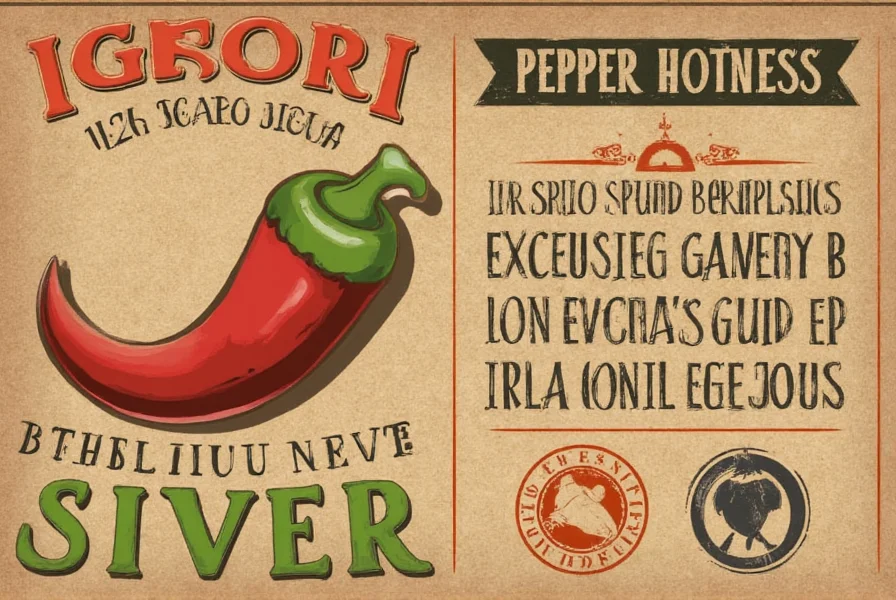
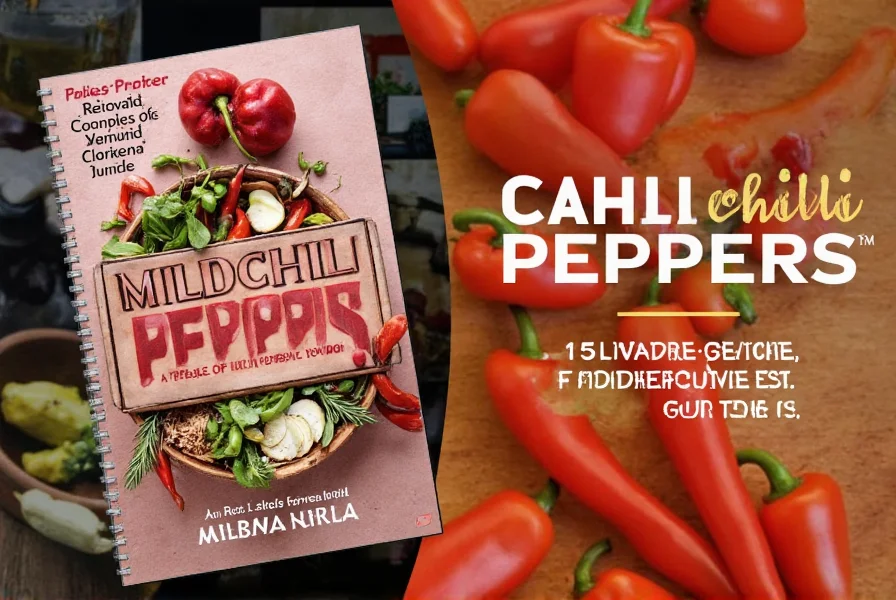
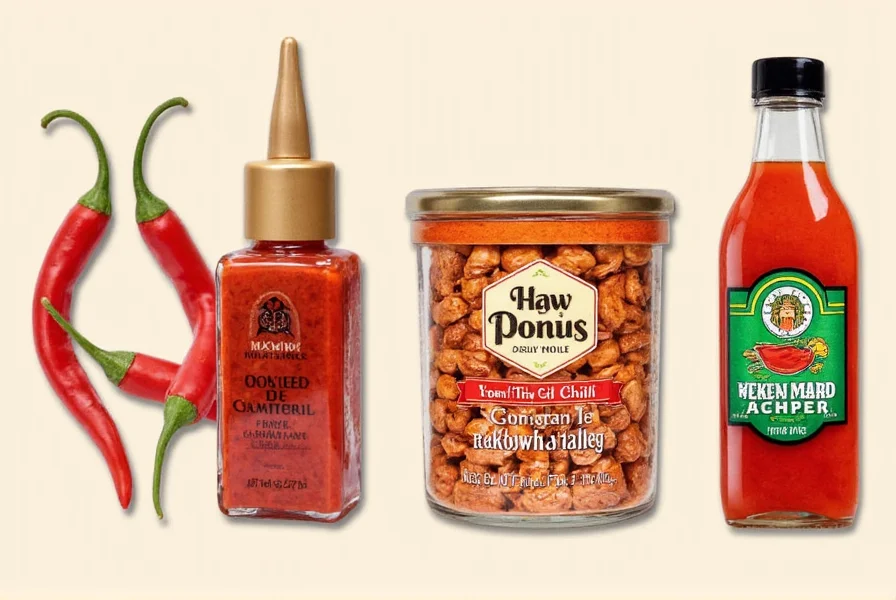
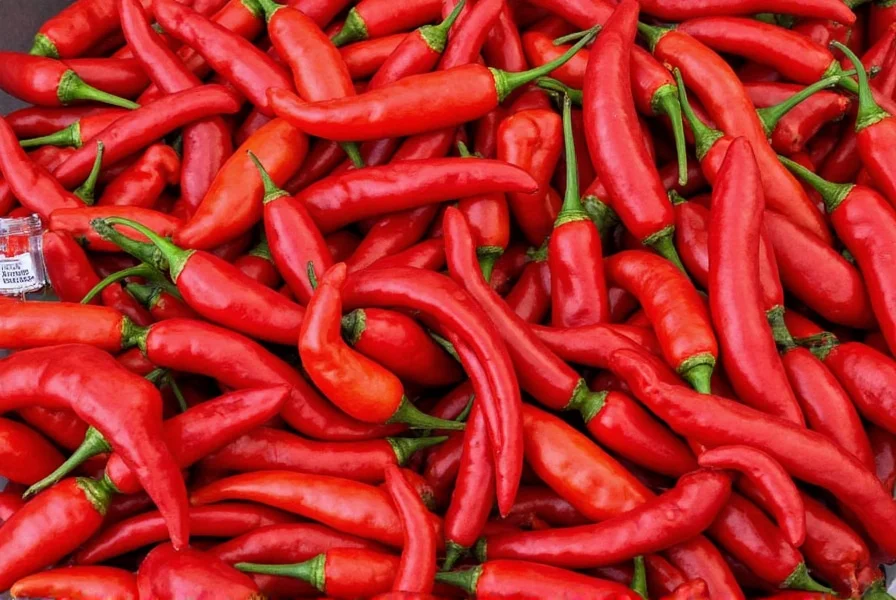
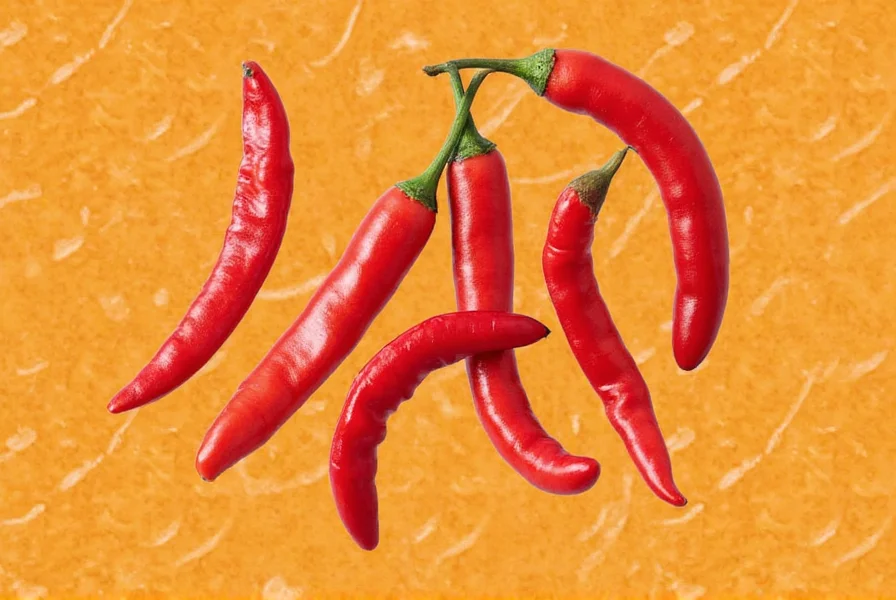
Safety & Usage Tips for All Peppers
- Always wear nitrile gloves when handling peppers above 10,000 Scoville units to prevent skin burns
- Remove seeds and membranes for milder heat - these contain 80% of capsaicin
- Test heat gradually - add small amounts and taste before adding more
- Use dairy to cool burns - milk or yogurt neutralizes capsaicin better than water
- Store fresh peppers in airtight containers in the refrigerator for up to 2 weeks
How to Choose the Right Pepper for Your Recipe
For Beginner Cooks
- Bell peppers: Perfect for stuffing, roasting, or adding sweetness without heat
- Jalapeños: Ideal for salsa and tacos - start with 1 pepper and adjust to taste
- Poblano peppers: Mild heat (1,000-2,000 Scoville) great for chiles rellenos
For Intermediate Cooks
- Serranos: Use for authentic Mexican salsas - remove seeds for controlled heat
- Anaheim peppers: Mild heat with rich flavor for Southwestern dishes
- Cayenne powder: Substitute for fresh peppers in spice rubs (1 tsp = 1-2 fresh peppers)
For Advanced Cooks
- Habaneros: Use 1/4 pepper for Caribbean jerk marinades - balance with pineapple or mango
- Ghost peppers: Only for hot sauce challenges - wear full protective gear
- Scotch bonnets: Caribbean equivalent of habaneros - perfect for jerk chicken
Frequently Asked Questions
- What pepper is the mildest for cooking?
- Bell peppers (0-100 Scoville) are the mildest option with sweet, vegetal flavor. Ideal for stuffed peppers, salads, and as a base for sauces where no heat is desired.
- Which pepper should I use for homemade salsa?
- Jalapeños (2,500-8,000 Scoville) provide perfect balance for beginner-friendly salsa. For extra kick, use serranos but remove seeds to control intensity. Always taste before adding more.
- How can I handle superhot peppers safely?
- Always wear nitrile gloves and eye protection. Work in a well-ventilated area, avoid touching your face, and wash all surfaces with soap and water immediately after handling. Never use bare hands with peppers above 50,000 Scoville units.
- What pepper substitutes work if I can't find fresh varieties?
- Dried chipotle peppers (smoked jalapeños) replace fresh jalapeños in stews. For habanero heat, use 1/4 tsp cayenne pepper per fresh habanero. Always adjust quantities gradually when substituting.
- Why do some peppers taste fruity?
- Habaneros and scotch bonnets contain natural esters that create tropical fruit notes (mango, citrus) alongside heat. This makes them ideal for fruit-based salsas, hot sauces, and Caribbean jerk marinades.
- How do I reduce accidental pepper burn?
- If capsaicin burns your skin, apply milk or vegetable oil (not water). For mouth burns, consume full-fat dairy like yogurt or sour cream. Prevention is key - always remove seeds and inner membranes for milder dishes.










 浙公网安备
33010002000092号
浙公网安备
33010002000092号 浙B2-20120091-4
浙B2-20120091-4